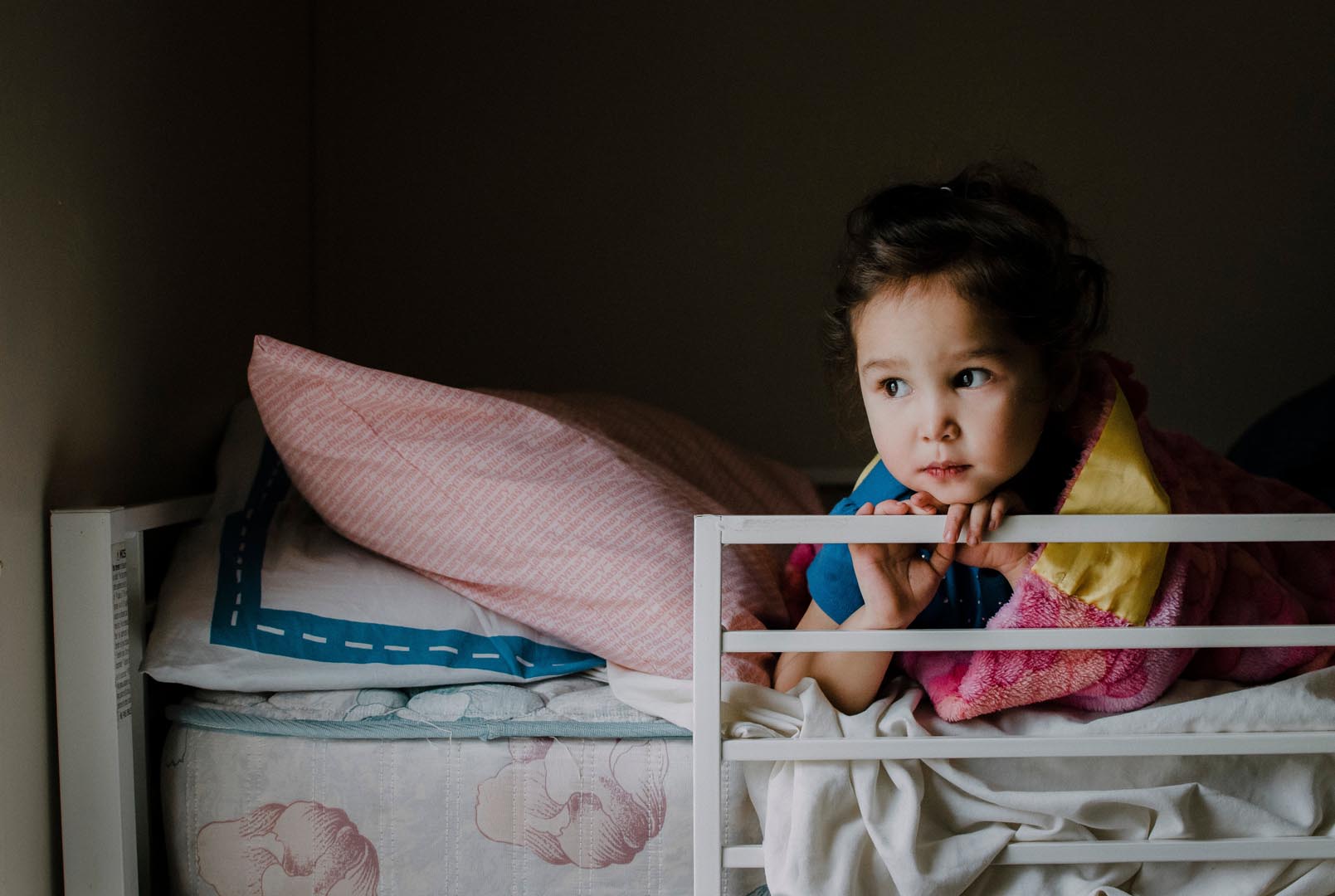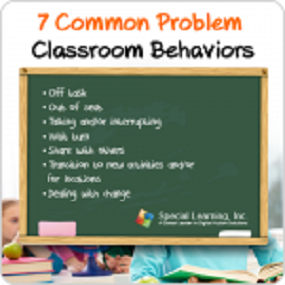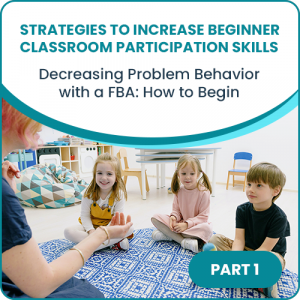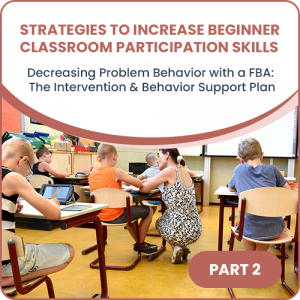Bedtime Issues
No matter who you are, you have children you probably have had your share of restless or sleepless nights. As our children get older, however, they are naturally inclined to adopt a normal sleep pattern. Unfortunately for children with autism, falling or staying asleep isn’t always as easy. Approximately 40 80 percent of children with autism have difficulty sleeping. Common sleep problems for children with ASD are:
- Trouble falling sleeping
- Unpredictable sleep schedule
- Restless or reduced quality sleep
- Waking up early
Trouble Falling Asleep
Because some children with autism have an irregular sensory perception, their tactile senses might cause them to have problems falling asleep. Certain textures can have adverse effects on your child. For example, what you might consider plush and comfortable might actually unnerve your child. Smooth, soft cotton might, in your child’s mind, feel cold and uninviting.
The room’s temperature might also cause your child to have problems falling asleep. Because your child has autism, they might not have the same internal thermometer as you. If you pay attention to their daytime activities, you can observe what temperatures they naturally seek out, what temperatures they are comfortable with.
Bedtime Routines
Establishing bedtime rituals and routines are necessary for any child, even more so with a child that has been diagnosed with autism. Children with autism absolutely need to know what is going to happen next, so setting routines and rituals is essential in getting your child to bed on time. A bedtime routine will teach your child that it is time to calm down, relax and start getting ready for sleep. A bedtime routine should ideally be about four to six steps in length, but not take up more time than is reasonable.
Some common bedtime routines for children and children with autism are:
- Brushing teeth
- Bedtime story
- Saying “goodnight” to favorite toys or objects
- Putting pajamas on
- Bathing
- A glass of water or milk
- Prayers
- Hugs and kisses for family members
- Calming sensory integration activity
Sleep Training
After you have finished with the bedtime routine, it is time for you to leave the room without long, drawn-out goodbyes or other gestures. If your child becomes upset, you can go back into the room – briefly – to check on him/her. But your stay must be very brief, no longer than a minute. You can give your child a soothing rub or maybe a “thumbs up” for older children. It is okay to give words of encouragement such as: “it’s okay, it’s bedtime, you’re fine” but you need to do so in a firm but gentle tone.
This technique can oftentimes be harder on you, the parent than it is on the child, but you need to be consistent. It could take you several hours for the first few nights, but with consistency, you should start to see some progress in your child’s ability to fall asleep.
Bad Habits
It is not uncommon for children with autism to have difficulty sleeping. Therefore they can also develop bad habits, which are easy to learn but very difficult to break. You may have tried every trick in your parenting arsenal to try to get your child to fall asleep and stay asleep. One of the worst habits to get into is having your child sleep in your bed in order to get them to fall asleep. It may work well in the short term, but in the long run, it will probably lead to you and your child not getting any sleep.
Supplements
Some studies have shown promise with the use of the supplement Melatonin in helping regulate sleep patterns. The studies show that short-term, limited use of Melatonin helps children with ASD fall asleep faster and stay asleep. The studies, however, haven’t been able to determine the long-term effects and in some cases Melatonin stops working, leaving parents with a child that doesn’t fall asleep easily again.
References:
Autism Help. Autism-help.org: Establishing Positive Sleep Patterns for Young Children with Autism Spectrum. Retrieved on March 25, 2011.
The University of South Florida. Usf.edu: Promoting Sleep in Children with Autism Spectrum Disorders. Retrieved on March 25, 2011.
Copyright © by Special Learning Inc. All right reserved.
No part of this article may be reproduced in any manner whatsoever without written permission except in the case of brief quotations embodied in critical articles and reviews. For information, contact Special Learning Inc., at: contact@special-learning.com








